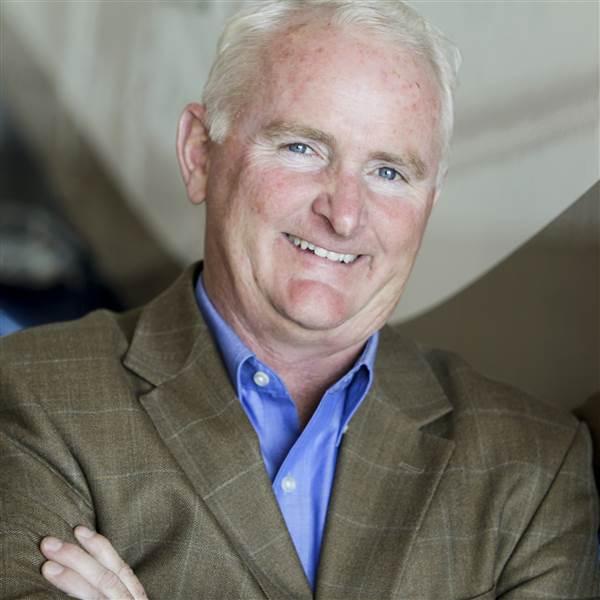President's Position: Progress report
Measuring and meeting our goals
In February, I introduced you to AOPA’s You Can Fly program—a collection of initiatives designed to bring lapsed pilots back into flying, welcome newcomers into aviation, lower the cost of flying, invite young people to explore aviation careers, and give pilots the support they need to keep them going to the airport. At that time, I promised that You Can Fly would be more than a feel-good take on growing GA; it would be a carefully measured and rigorously managed program. Our goal was and is to make real, meaningful change.
So it should come as no surprise that at the midyear point, we revisited our goals and analyzed our progress. I’m proud of what we’ve accomplished so far, and I want to share our results with you.
Let’s start with flying clubs. They’re a great way to share both the advantages and costs of aircraft ownership while creating a community in which pilots and their families can enjoy events and activities for everyone. In the first six months of the year, the AOPA Flying Club Network grew 17 percent to 744 clubs. It’s easier than ever to find a club in your area. Participating clubs benefit, too, with access to potential new members and support from AOPA. We’ve also helped increase the total number of flying clubs. Our flying clubs staff and You Can Fly ambassadors helped start 15 new clubs in seven states during the first half of the year, bringing the total number of new clubs AOPA has helped launch to 25. This month we’ll be giving away a Reimagined Cessna 150 to a startup club.
When it comes to getting lapsed pilots back into the air, AOPA’s Rusty Pilots program has been more effective than we could have hoped. In the first half of the year, 95 free Rusty Pilots seminars were held at flight schools and aviation events nationwide. And our new scenario-based curriculum has made the seminars more engaging than ever. In the first half of 2016, 32 percent of the 2,700 participants who have been out of the cockpit for more than two years told us they’ve completed their flight reviews and are back in the air. In the two years the program has been in existence, we’ve seen it help more than 1,800 pilots get back into the left seat. Rusty Pilots seminars are always free of charge and qualify for the ground portion of the flight review.
One impetus for developing the You Can Fly program was research that showed up to 80 percent of people who begin flight training never earn a pilot certificate. That’s a troubling number. Our Flight Training initiative is designed to identify best practices and share information that can help flight schools help their students. And this year we’re having an outside firm conduct a new study to help identify why some schools are more effective than others. That research is underway. We’re again conducting our Flight Training Poll to identify schools that deliver great training experiences. Last year, we received 7,000 responses, and we’re on track to perhaps beat that figure in 2016. Schools that get the highest marks in our poll will be recognized with AOPA Flight Training Excellence Awards.
All of these initiatives are moving the needle, but the longevity of general aviation depends on getting young people involved. Our High School Initiative currently is developing STEM-based curricula to help schools make aviation part of their science, technology, engineering, and math programs. We’re also getting ready to host our second annual High School Symposium next month in Seattle. We expect to see some 250 educators and administrators from schools nationwide join us for two days of learning, information sharing, and networking around ways to make STEM education more engaging and relevant by bringing aviation into the mix. And to help dedicated students get started on living their aviation dreams, we’re offering 20 $5,000 flight training scholarships to high school students this year.
Programs like these are costly, and dues just can’t cover those costs. It’s the generosity of donors that makes You Can Fly possible. Earlier this year, one anonymous donor presented us with a challenge. He would give $1 million to You Can Fly if we could raise an additional $1 million within 90 days. And with the help of 35 donors, including several who made six-figure contributions, we did just that. Thanks to these donors, You Can Fly is well positioned to continue what we’ve started. We know we’re moving the needle when it comes to getting people flying and keeping them flying, and that’s the foundation for building a GA community that’s stronger and more resilient than ever.
P.S. To help support You Can Fly, consider making a contribution through the AOPA Foundation.
Email [email protected]



